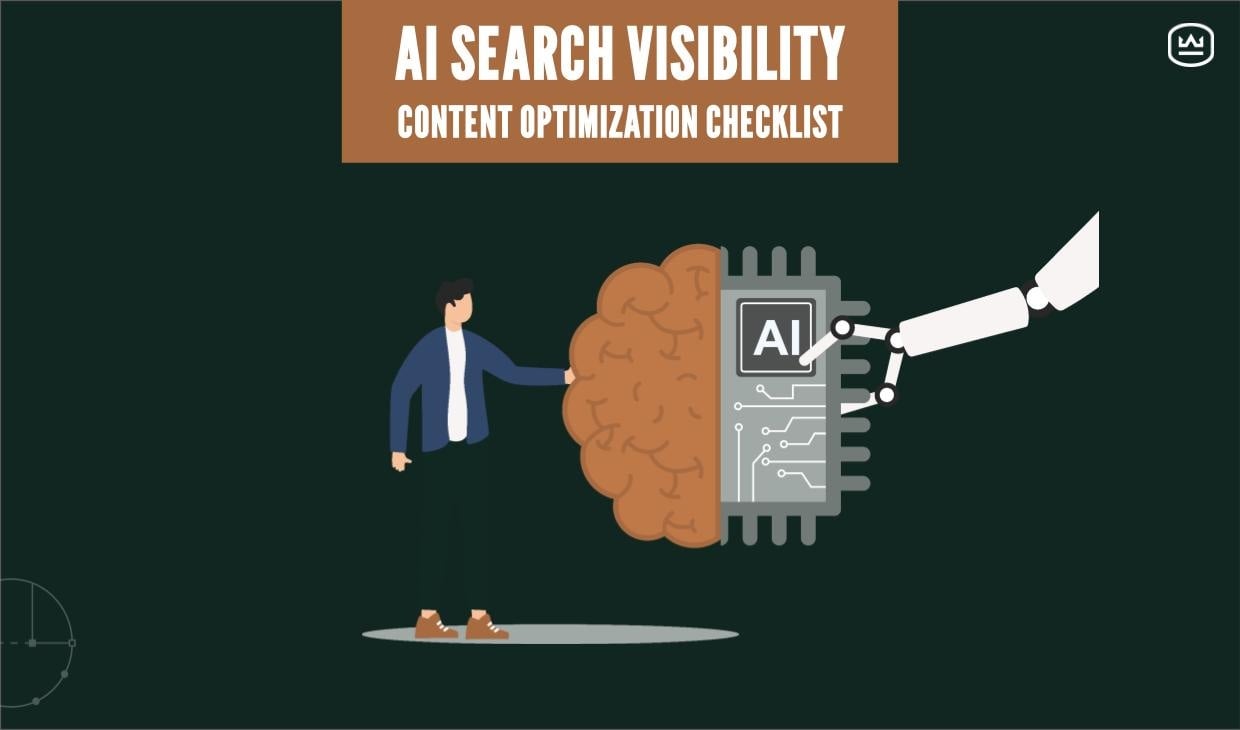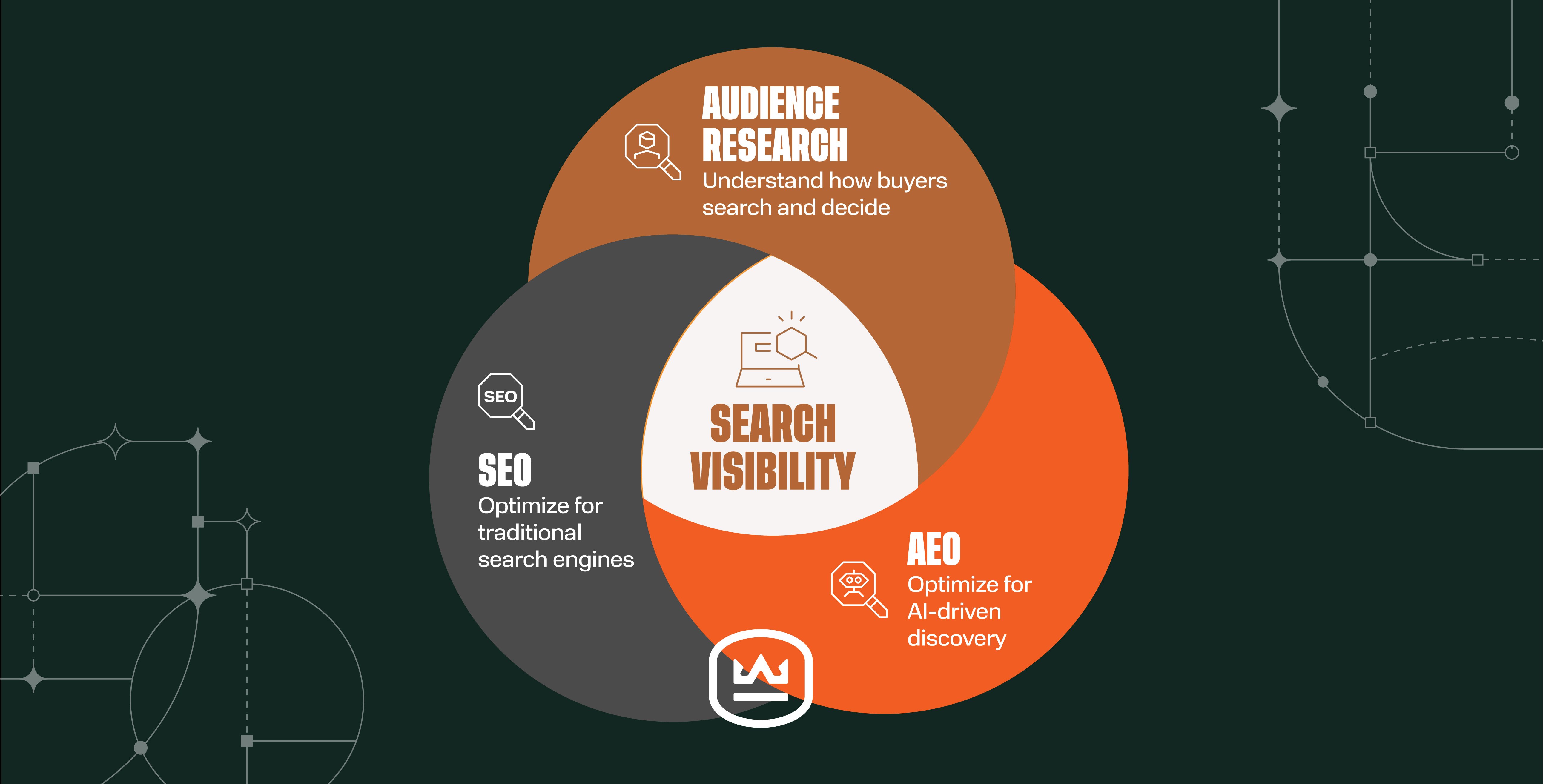How Inbound Recruitment Marketing Can Help Grow Your Business
Written by
Manufacturers are still coming to grips with the lessons of the past few years, but what’s already clear is the growing demand for skilled workers across North America.
While the economy is still recovering from the latest recession, 83% of U.S. manufacturers say they’re “likely” or “extremely likely” to add domestic suppliers to their supply chains. That desire for reshoring is up from 54% in March of 2020.
The economy quickly recovered many jobs lost early in the pandemic. But talent pool skills gaps, concerns about the image of manufacturing work, geographical job market concerns, and more now have 77% of manufacturers reporting difficulties attracting and recruiting manufacturing employees.
Failure to fill important production roles limits a company’s ability to fill orders, meet demand, implement new technologies, and grow. It also increases stress on workers already struggling to meet demand, potentially putting employee retention at risk.
Watch the video above for a quick overview, and then keep reading here to see how an inbound recruitment marketing strategy can help your business overcome these challenges.
Recruiting Was Already Changing Before 2020 Happened
Recruitment tactics had already shifted well before the lockdowns of early 2020 sent shockwaves through manufacturing. Human resources was already tasked with much more than filling positions. Regulatory changes, training demands, and increased attention to growing a diverse workforce have all increased the complexity of HR’s work.
Worker shortages, supply chain dynamics, new technologies, and changing consumer behaviors have all increased the strain on recruiting.
More and more, manufacturers rely on the marketing department to leverage tactics much like those used to grow sales for the purpose of growing the workforce. Inbound marketing is now a vital tool for manufacturing recruiting professionals who want to attract top talent.
Jobseeker behaviors and the technologies used for applications, screening, interviewing, and hiring have all changed. Where businesses once had the upper hand, now candidates exert increasing control. Just as customers often begin their search online, so do job seekers. And especially in the wake of the changes that came in 2020, candidates' needs are increasingly complex.
So… How Does Inbound Recruitment Marketing Solve the Challenge?
Many job hunters research prospective employers long before making a decision to apply. Savvy candidates use search engines to quickly weed out companies that don’t look like a good fit. From company websites and social media to online reviews and recruiter websites, job seekers can quickly discover:
- Where interesting career opportunities are on offer
- What to expect for pay ranges
- What the work environment looks like
- Whether current and former employees enjoy their jobs and/or workplace
- And much more
If your online presence is lackluster, you’ve got plenty to lose.
But with an inbound approach, companies can promote their brands and connect with job seekers across multiple channels to attract and retain the best quality hires. Inbound recruitment marketing can help manufacturers in complex industries build on a foundation of inbound content to distinguish themselves from competitive employers to:
- Attract candidates based on affinities with your company and values, as well as a match between qualifications and job descriptions
- Engage with prospective employees and applicants to discover the potential for mutually beneficial relationships
- Delight hires with a company culture that’s an ideal match, so that employees actually become your strongest recruiting asset
Tactics of a Successful Inbound Recruitment Marketing Launch
Just like inbound marketing for products and services, inbound recruitment marketing relies on delivering valuable marketing content to job seekers, to get the right message to the right people at the right time.
Effective inbound recruitment starts with defining your employer brand, clarifying your candidate personas, and developing your strategic playbook.
Inbound Success is Built on Content
Creating the content your employee prospects are actually looking for helps you meet them where they are, so you can better target candidates, interact, and build rapport over time. Get found online by including keywords that the most attractive job candidates use in their searches. The content you create may include:
- Blog articles that highlight opportunities and advantages of working for you
- Videos, including a company culture video, that can help show work environments, amenities and more
- Advanced content like checklists and other job search tools
- Website landing pages
- Social media posts that showcase company culture and highlight job postings
That requires keyword research, strategy, and content that helps job seekers in their search. It also requires you to put your newfound knowledge to work on your company site through UX improvements, streamlined application processes, and more.
Audits and Off-Page Optimization to Support HR
You need to be aware of what current and former employees have said about working for you. You also need a consistent, dependable presence on social sites like LinkedIn, Facebook, and other places where job seekers look for information. Audit your company profiles on job posting and review sites, and update them for consistent, current profiles that present a coherent picture of your business.
You’ll also want to audit internal processes to identify and eliminate points of friction for applicants, HR, and hiring managers. Take a close look at:
- Landing pages, including associated advanced content, to promote for strategically selected positions
- CRM properties for applicants, using HubSpot's partitioning capabilities, to eliminate clutter and confusion to help streamline HR’s processes and create nurturing workflows that can help qualify candidates
- Online job postings and application forms, to ensure a smooth user experience both for applicants and internal users
- Candidate management using HubSpot’s ticketing system to improve efficiency and responsiveness throughout the application and interview processes
- Reporting tools to help you measure results, discover your best candidate sources, and continuously improve your recruiting program
Get Started With Inbound Digital Marketing for Recruitment
Manufacturing is a pillar of the economy. It drives innovation and discovery in virtually every aspect of daily life. And to maintain leadership within your industry and support future growth, your business needs a steady stream of quality applicants with great potential to become enthusiastic long-term workers — and maybe even a source of future employee referrals.
An inbound recruitment marketing program will not only help you develop a steady stream of prospective employees; it will also provide ongoing data and feedback you can use to make continuous improvements in recruiting, hiring, and operations.
Remember, inbound is a growth methodology that can do a lot more than market products and services.
Get a step-by-step explanation of how to use digital content to attract more job seekers, engage with your best prospects, and delight interviewees and employees to make them your strongest promoters. Download Inbound Recruiting Essentials: A Guide for Industrial Sectors. Just click the link below to claim your copy.
Subscribe To Our Blog
Information. Insights. Ideas. Get notified every time a new Weidert Group blog article is published – subscribe now!
You May Also Like...

Search Engine Optimization
How Falcon Rebuilt Industrial AI Search Visibility in 2025

Search Engine Optimization
The New Search Visibility Checklist for AI-Era Content Marketing

Search Engine Optimization
SEO Isn’t Dead. It’s Evolving: How B2Bs Can Stay Visible in the Age of AI
Accelerate Your Growth with
Weidert Group
If you’re ready to explore a partnership, request a personalized consultation with our team.

